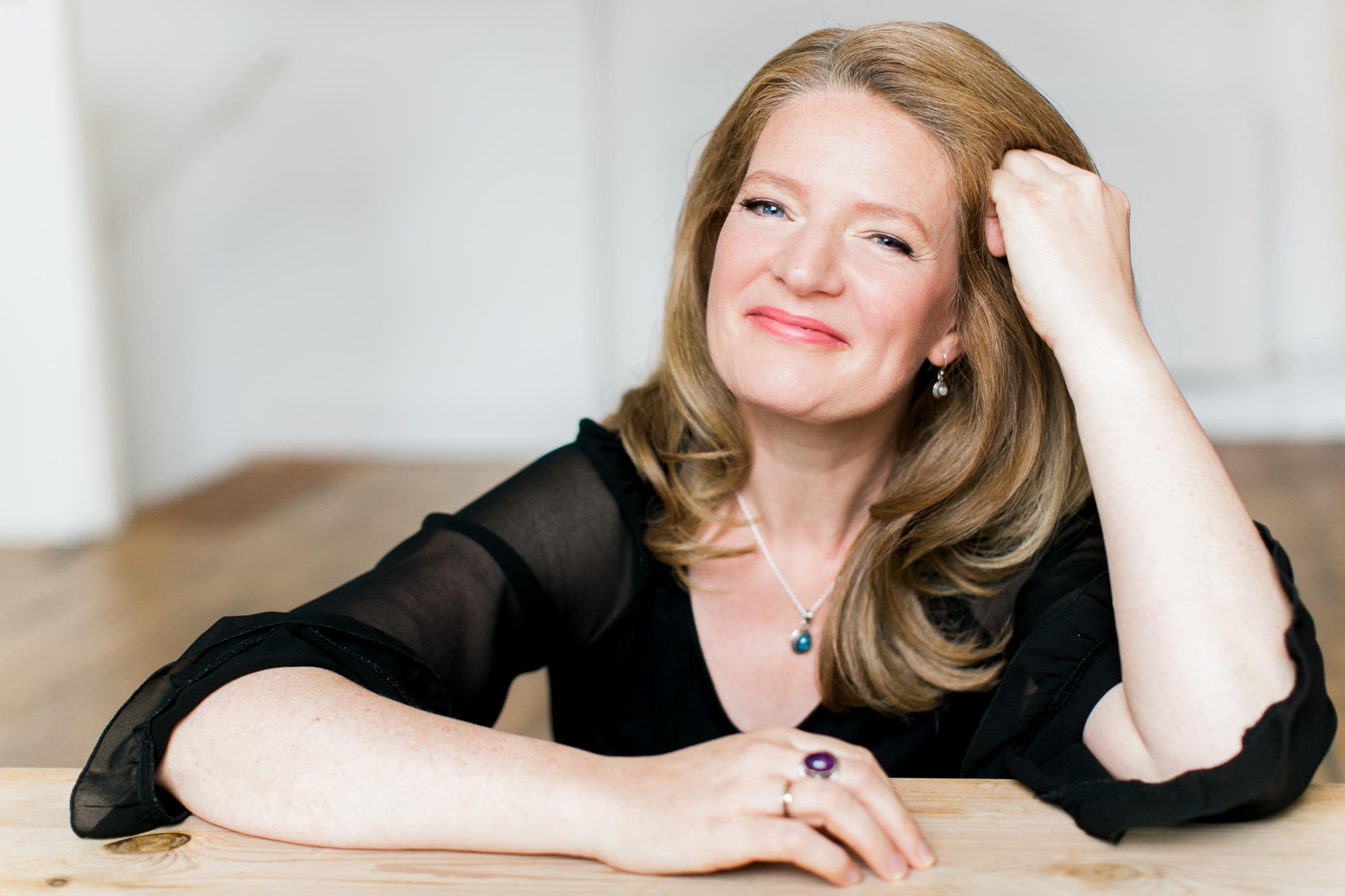
By Landon Hegedus, UChicago Presents
In conversation with Rachel Podger, violin:
UChicago Presents: You’ve described how your experience singing in choirs as a teenager helped you form some ideas about performance practice – for example, you learned to approach the dynamics in a piece by understanding the piece’s harmony. Did you have any similar revelations when you were studying the cello suites?
Rachel Podger: Absolutely. Especially in the dance movements, you have, of course, strong beats and weak beats. On the strong beats, you might have a chord or a dissonance – but then, you might also have a dissonance on a weak beat. In those moments, you need to decide whether to bring out the harmony, or lean into the dance aspect. So there are lots of decisions you have to make like that, and it depends a lot on how you’re approaching the phrasing.
It also depends on the meter you’re playing in, whether it’s 3/4, or 3/2, or whatever the time signature might be. I tried out lots of different tempos, especially in the gigues. Sometimes, they wanted to be a little faster on the violin, but then some of the pedal points in those gigues wouldn’t come through, because you wouldn’t be able to sustain them long enough to really resonate at the quicker tempo. So I tried them with rubato, and then I found that in fact, slowing the whole thing down actually made best option, because you could just get a better sense of the harmony therein. I ended up making lots of considerations like that, all of them specific to each movement.
UCP: The only piece on your program not by Bach is the Passacaglia in G Minor by Heinrich Ignaz Franz von Biber. What is it about this piece that makes in an appropriate supplement to Bach’s music?
RP: Well, for one thing, it’s just the most beautiful piece. It’s essentially a ground bass piece with variations on top – basically, just four notes going down repeatedly, which was actually a very favored bass line because it’s easy to improvise over; it’s very meditative. It’s an interesting piece, too, because it comes at the end of the Rosary sonatas. Each of those sonatas is played with accompaniment, but at the very end is this solo violin piece, in which the violin substitutes in for the bass line, as well as the variation over it. Some of the variations are quite simple, actually, but then it builds up; there’s a wonderful architectural shape to the piece that halts slightly in the middle and then start up again.
I think the name, Guardian Angel, has a rather beautiful meaning to it as well, I think because it seems that the ground bass – which is always there, even when it’s heard in the top voice – is a little bit like the guardian angel, because it’s always by your side. Sometimes you don’t notice it; sometimes it’s disguised within the chord of the figuration, so you’re not so aware of your guardian angel protecting you, holding you back from the pavement, so to speak. I’m quite a firm believer in guardian angels, anyway, and this Passacaglia has really reinforced that. I think it’s a very, very meaningful, touching piece. The Guardian Angel stands on its own, even away from the other Rosary Sonatas, but it’s also seen by some as precursor to Bach’s D minor Chaconne from his Second Violin Partita, which is also a dance in three over a repeated bass line. So I thought it was fitting to having those two pieces together on the same program.
